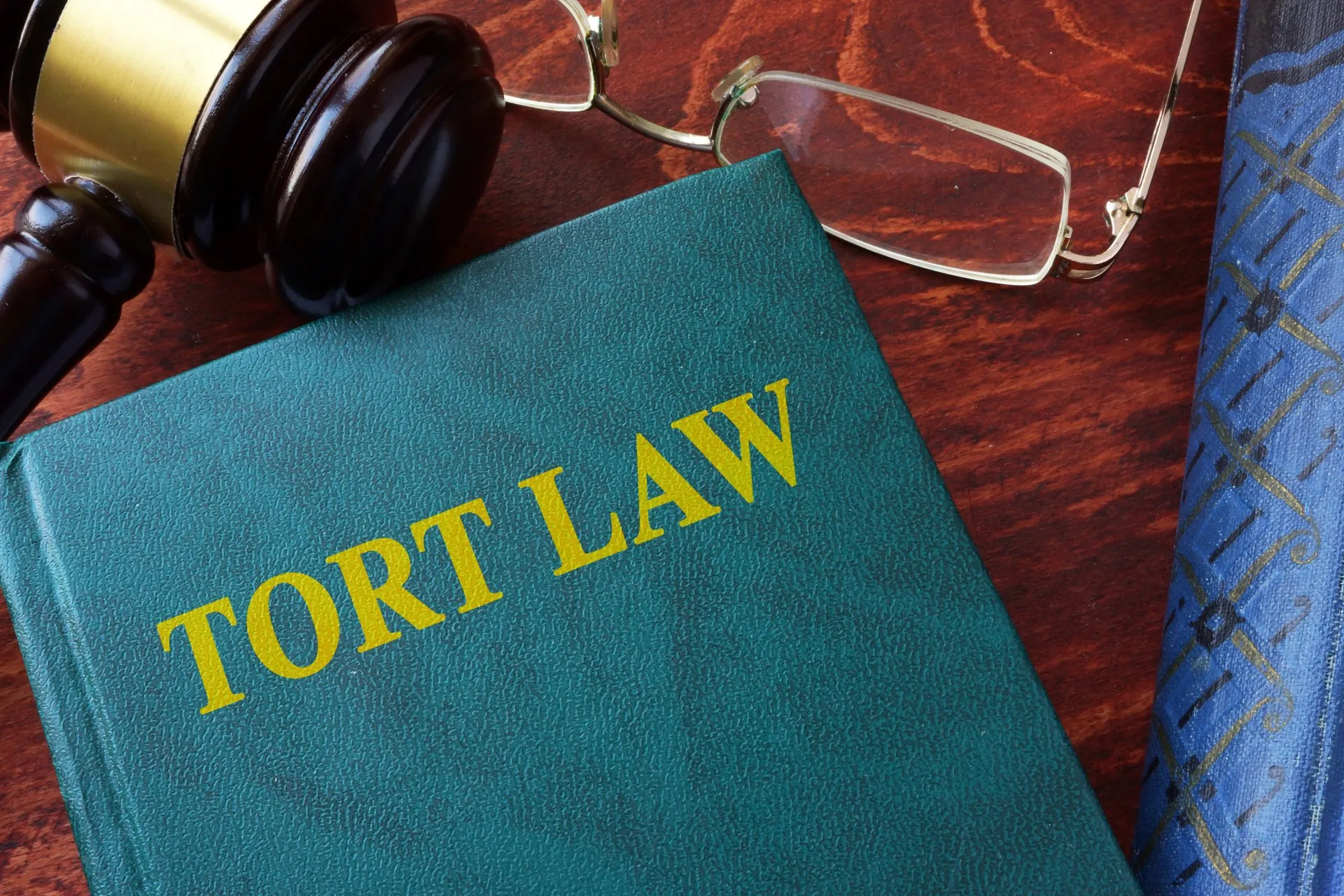
When you are injured in an accident or harmed by another person physically, mentally or emotionally, their wrongdoing is referred to as a “tort.” A tort is legal harm inflicted upon one party by another party’s action or non-action. Torts fall into one of two primary categories — intentional or unintentional (or negligence) torts.
You don’t have to be an individual in order to commit a tort. Companies, schools, businesses, manufacturers, retailers and other organizations can intentionally or unintentionally inflict harm on their customers, clients, students, employees, constituents, etc.
Ohio law protects those who have been injured by someone else’s wrongdoing. Victims of intentional or negligence torts should consider filing a personal injury claim in order to reach a resolution and receive compensation for any losses. Nearly all personal injury claims argue one of two things — the victim was injured on purpose by the defendant (intentional tort), or the victim was harmed as a result of the defendant’s negligence or carelessness (unintentional tort).
What Are Intentional Torts?
Intentional torts describe the injury or harm purposefully inflicted by someone else. These torts occur when a defendant either threatens to harm or intentionally harms another person. Intentional torts can often result in criminal charges depending on the situation or type of injury. An incident can still be considered an intentional tort claim even if no physical injury has actually occurred.
Examples of intentional torts may include:
- Assault
- Battery
- Fraud
- Libel or slander (i.e., defamation of character)
- Conversion
- False imprisonment
- Trespassing
What Are Unintentional Torts?
Unintentional or negligence torts describe the reckless or careless behavior that resulted in the injury or harm of someone else. While these torts are considered accidental, there is a reasonable standard of care that any individual or business must maintain to protect those around them. A defendant may not have wanted to inflict injury, but they may still be held responsible for their actions.
Examples of unintentional torts may include:
- Car accidents
- Truck accidents
- Bicycle accidents
- Slip and falls
- Dog bites
- Workplace accidents
- Medical malpractice
Key Elements of Unintentional Torts
In order to win an unintentional tort claim, you will likely need to prove all four elements exist:
- A duty of care existed – We are legally obligated to prevent foreseeable harm to others by exercising various types and levels of care depending on the circumstance or situation. For example, you have a duty of care to other people on the road when you operate a motor vehicle. This duty is codified in the traffic laws that apply to everyone.
- Breach of duty – A reasonably prudent person understands the level of care required to keep others safe in various scenarios. If a defendant disregards the standard of care that would normally be expected of a reasonable person, they have breached their legal duty of care.
- Causation – As the victim of a defendant who breached their duty of care, you must prove that your injuries were a direct result of their breach of duty. If you are unable to demonstrate the connection between your injuries and the defendant’s conduct, you will be unable to pursue a tort.
- Damages – In order to have a valid unintentional tort claim, you must be able to prove that you suffered damages as a result of the defendant’s negligence. Compensatory and non-compensatory damages will be awarded to you if you win your case. Compensatory damages include lost wages, medical bills, property damage and more. Non-compensatory damages include pain and suffering and emotional trauma.
Speak With an Ohio Personal Injury Attorney About Your Tort Claim
Have you been injured recently? An Ohio personal injury attorney can review your case and determine if it could be categorized as an intentional or unintentional tort claim.
The Buckeye Law Group team is ready to fight for the compensation you deserve after being wrongfully injured in a car accident, slip and fall, workplace incident or any other type of tort scenario.
Schedule a free personal injury consultation with us today by calling 1-800-411-PAIN.
Injured as a Passenger on a Motorcycle—What Are Your Rights?
Passengers Have Strong Legal Protections Under Ohio Law Many people believe motorcycle passengers have limited legal options after a crash—but that’s completely false. In Ohio, injured motorcycle passengers almost always
Understanding Liability in Multi-Vehicle Motorcycle Wrecks
Why Multi-Vehicle Motorcycle Crashes Are So Complex When a motorcycle is involved in a crash with multiple vehicles, determining who is responsible becomes significantly more complicated. Unlike two-car collisions—where fault
Legal Recourse for Injuries Caused by Prescription Errors
When Medication Mistakes Start Outside the Hospital Prescription errors don’t just happen in hospitals. They can occur in doctors’ offices, pharmacies, clinics, long-term care facilities, or anywhere medications are ordered
How Dosage Errors and Allergic Reactions Happen in Hospitals
When Medication Mistakes Put Patients in Danger Hospitals are supposed to be safe, controlled environments where medications are administered accurately and monitored closely. But even in well-staffed medical facilities, medication
Lab Mistakes That Lead to Delayed or Wrongful Treatment
When Faulty Testing Puts Your Health at Risk Lab tests are meant to provide clarity, but when errors occur, they can send doctors and patients down the wrong path. A
Can You Sue for a Misdiagnosis Caused by Lab Negligence?
When Lab Errors Lead to Life-Changing Consequences Laboratories play a crucial role in modern healthcare. Doctors rely on lab results to diagnose illnesses, determine treatment plans, and make fast decisions
When Hospitals Harm Instead of Heal: Understanding Your Rights
Hospitals Owe Patients a Duty of Safety and Competent Care People turn to hospitals for healing, not harm. Yet thousands of patients every year are injured due to preventable medical
Nursing Mistakes, Staffing Shortages, and Poor Protocols
When Hospital Errors Lead to Preventable Harm Nurses are the backbone of patient care, but when they are overworked, understaffed, or unsupported by proper hospital protocols, mistakes become more likely
Can You File a Claim If You Were a Passenger in a Crash?
Passengers Have Strong Legal Rights After a Car Accident Many people assume that passengers have fewer rights in an accident — but legally, it’s often the opposite. Passengers are almost
Hit by a Distracted Driver? Here’s What You Need to Know
Understanding How Distracted Driving Causes Serious Crashes Distracted driving has become one of the leading causes of preventable car crashes in the U.S., and Ohio is no exception. Whether the
